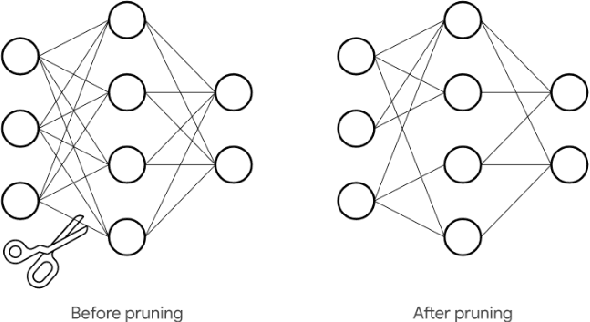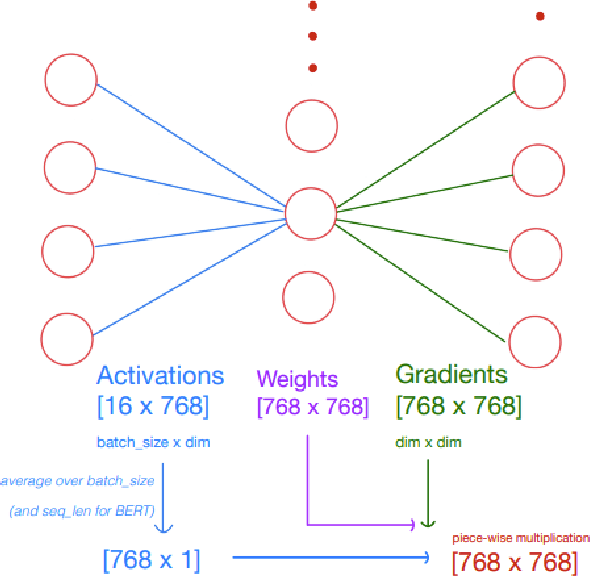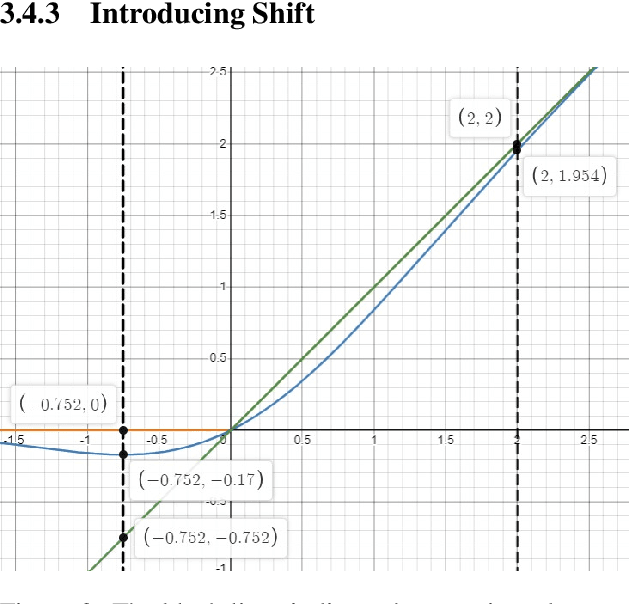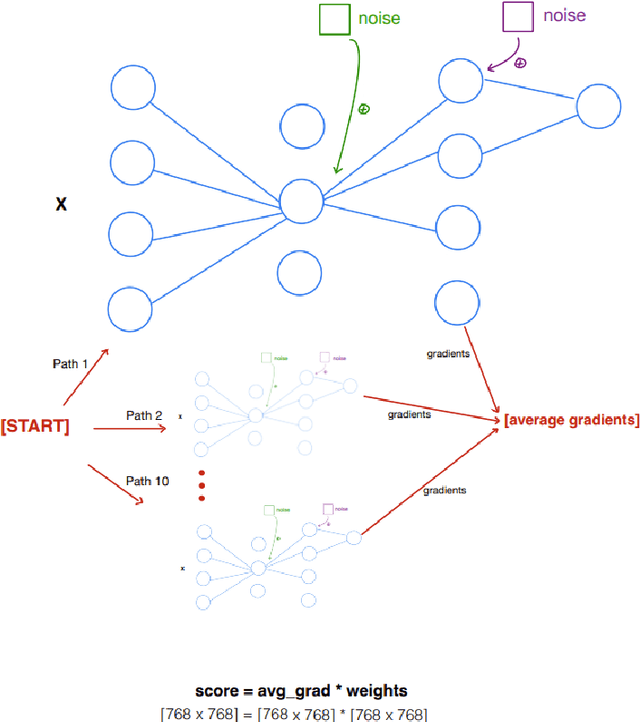Jasdeep Singh Grover
DeepCuts: Single-Shot Interpretability based Pruning for BERT
Dec 27, 2022



Abstract:As language models have grown in parameters and layers, it has become much harder to train and infer with them on single GPUs. This is severely restricting the availability of large language models such as GPT-3, BERT-Large, and many others. A common technique to solve this problem is pruning the network architecture by removing transformer heads, fully-connected weights, and other modules. The main challenge is to discern the important parameters from the less important ones. Our goal is to find strong metrics for identifying such parameters. We thus propose two strategies: Cam-Cut based on the GradCAM interpretations, and Smooth-Cut based on the SmoothGrad, for calculating the importance scores. Through this work, we show that our scoring functions are able to assign more relevant task-based scores to the network parameters, and thus both our pruning approaches significantly outperform the standard weight and gradient-based strategies, especially at higher compression ratios in BERT-based models. We also analyze our pruning masks and find them to be significantly different from the ones obtained using standard metrics.
SPINE: Soft Piecewise Interpretable Neural Equations
Nov 20, 2021



Abstract:Relu Fully Connected Networks are ubiquitous but uninterpretable because they fit piecewise linear functions emerging from multi-layered structures and complex interactions of model weights. This paper takes a novel approach to piecewise fits by using set operations on individual pieces(parts). This is done by approximating canonical normal forms and using the resultant as a model. This gives special advantages like (a)strong correspondence of parameters to pieces of the fit function(High Interpretability); (b)ability to fit any combination of continuous functions as pieces of the piecewise function(Ease of Design); (c)ability to add new non-linearities in a targeted region of the domain(Targeted Learning); (d)simplicity of an equation which avoids layering. It can also be expressed in the general max-min representation of piecewise linear functions which gives theoretical ease and credibility. This architecture is tested on simulated regression and classification tasks and benchmark datasets including UCI datasets, MNIST, FMNIST, and CIFAR 10. This performance is on par with fully connected architectures. It can find a variety of applications where fully connected layers must be replaced by interpretable layers.
 Add to Chrome
Add to Chrome Add to Firefox
Add to Firefox Add to Edge
Add to Edge